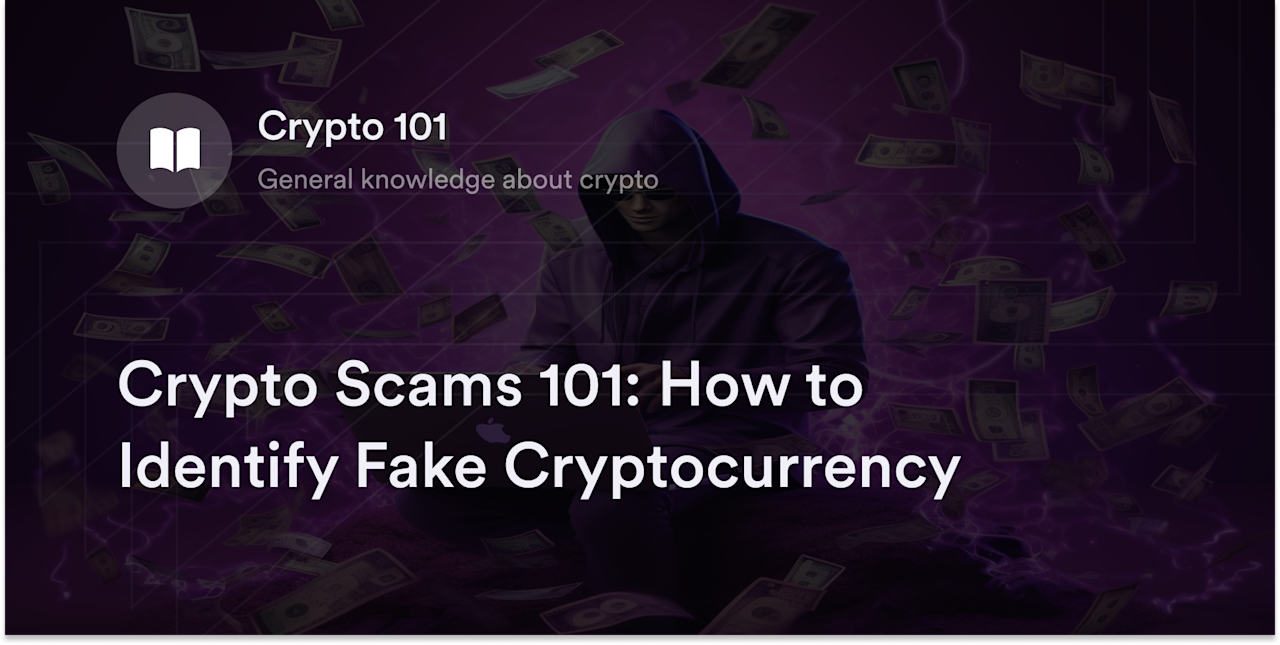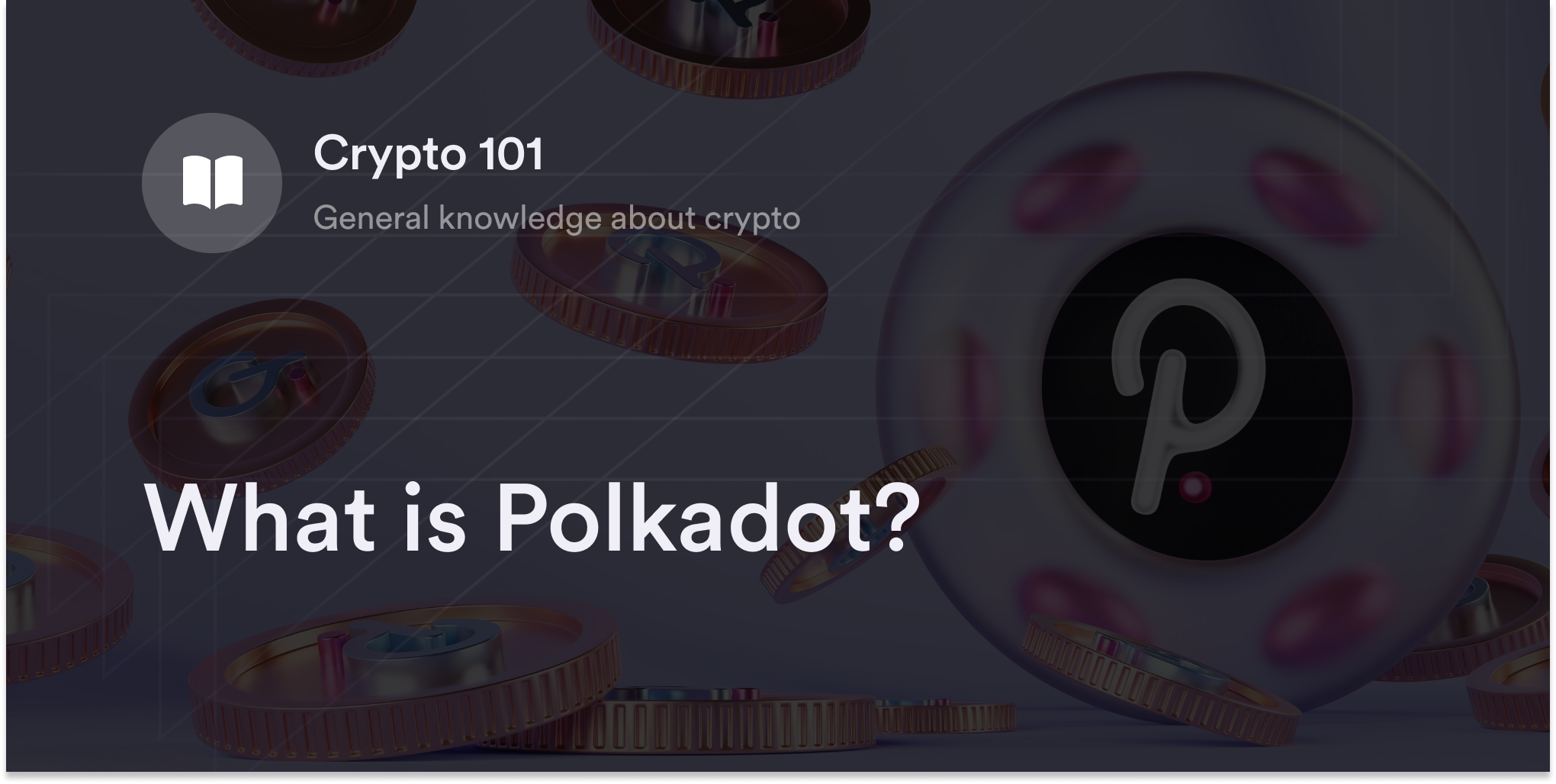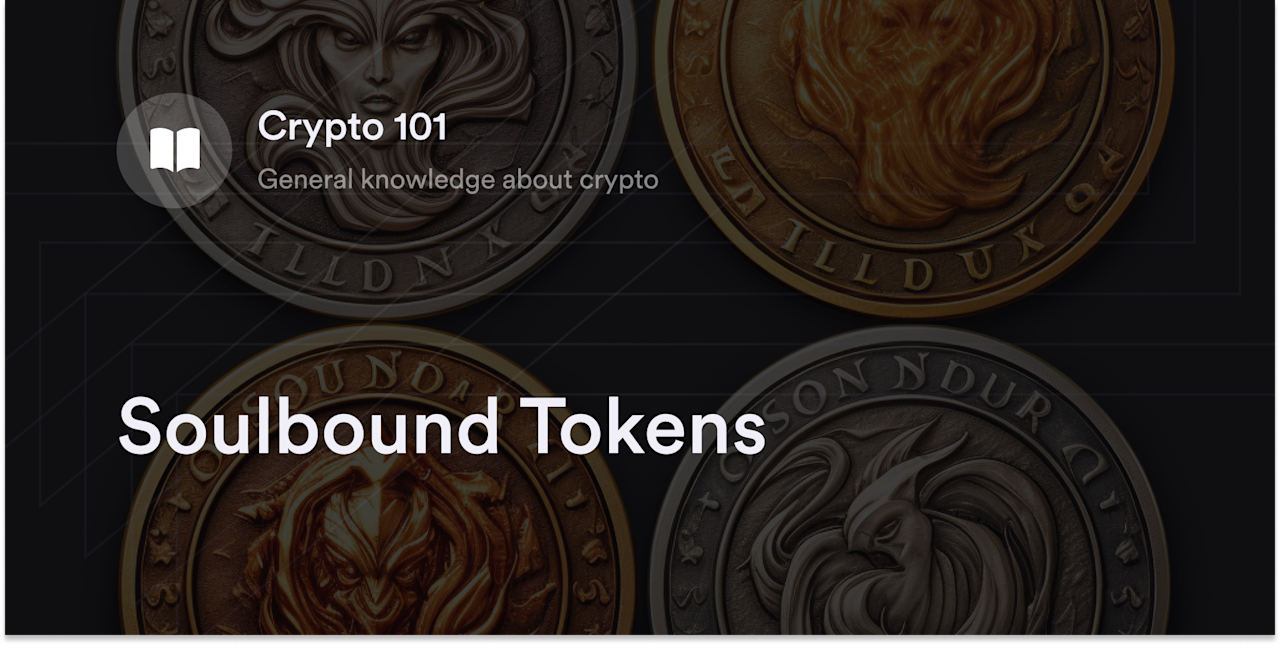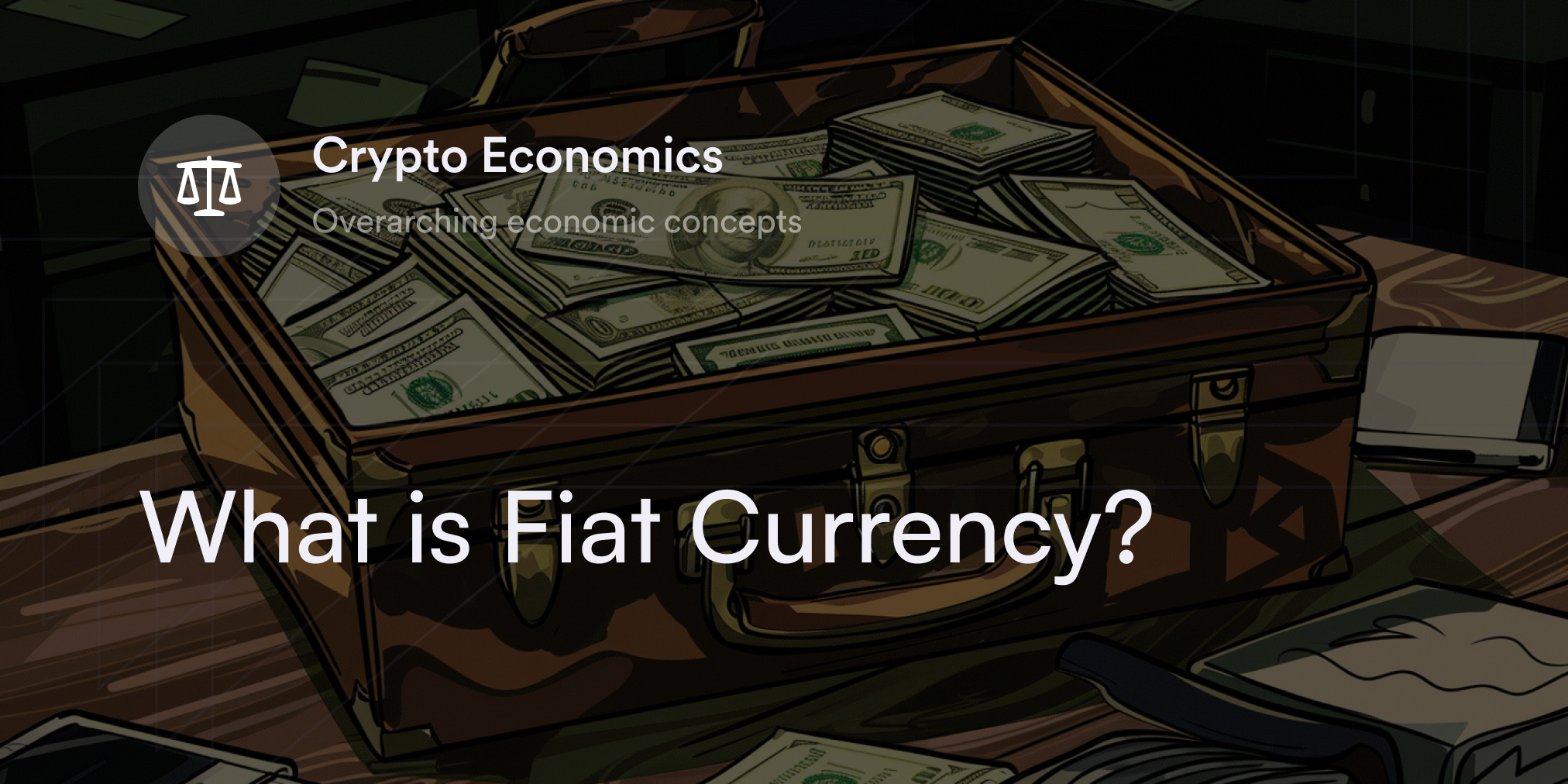
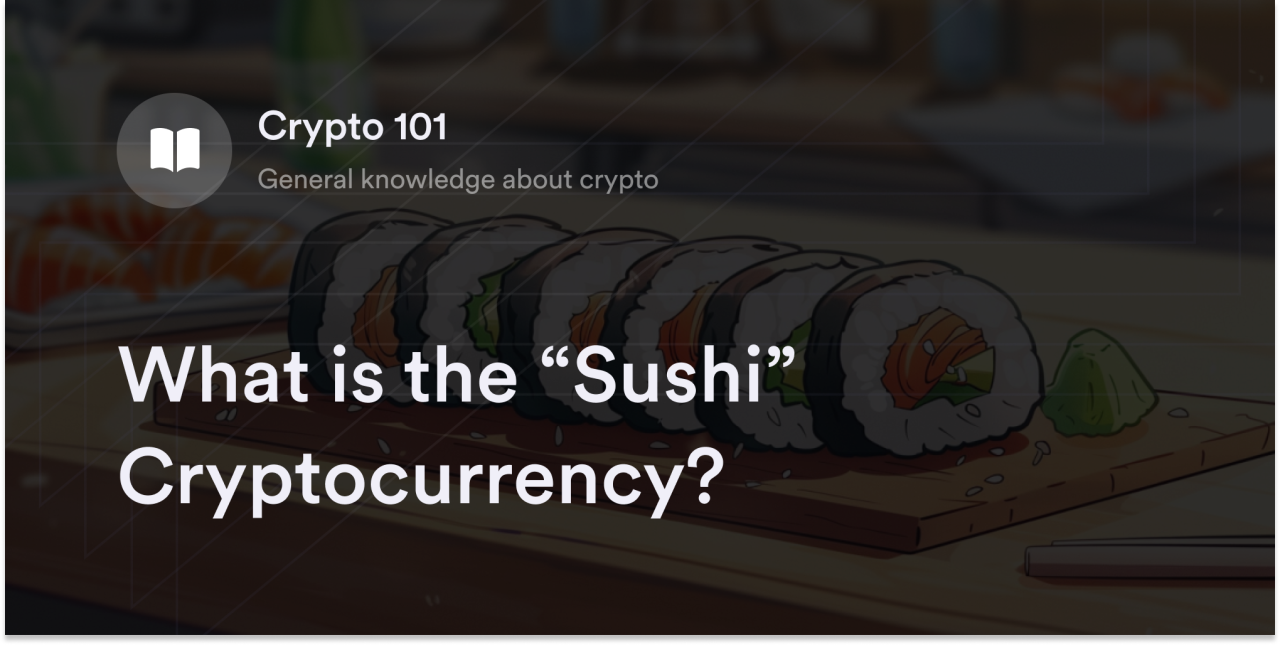

The story behind the Sushi crypto exchange is spicier than a wasabi-glazed tuna roll. Complete with panda chef avatars, an (almost) multimillion-dollar heist, and plenty of tasty plot twists, Sushi's launch has all the makings of a weird and thrilling Netflix series.
Although some early adopters accused Sushi of being a scam crypto project, this protocol emerged from its chaotic opening and became a powerful player in the decentralized finance (DeFi) ecosystem. As the Sushi development team expands its offerings, even more crypto traders are curious about exploring Sushi's tantalizing menu.
Before taking a spin on Sushi's exchange, discover how this crypto project started, what it offers, and why it's such a juicy part of DeFi's history.
The Backstory Behind the SushiSwap Crypto Exchange
It's important to understand the intricacies of a competing exchange called Uniswap to understand Sushi's origin story.
Founded in 2018, Uniswap is a decentralized crypto exchange (DEX) on the Ethereum blockchain and the first in DeFi to use an "automated market maker" (AMM) software design. Unlike centralized crypto exchanges (CEXs) like Coinbase, DEXs often rely on crypto traders to deposit funds in virtual vaults called "liquidity pools" (LPs) for users to trade between. To compensate users for locking crypto in one of these pools, Uniswap rewards them with LP tokens. Users can redeem a portion of the protocol's trading fees or take their crypto out of the pool. In the AMM model, no order books track the exchange's daily trading activity. Instead, AMMs use advanced algorithms and autonomous blockchain programs called "smart contracts" to adjust the crypto ratios in LPs depending on supply and demand.
So How Does Sushi Fit Into the Picture?
Back in 2020, pseudonymous developers "Chef Nomi" (who used a panda chef avatar on social media) and "0xMaki" announced creating a DEX called "SushiSwap" based on Uniswap's code. Chef Nomi also promised to reward Uniswap liquidity providers with free Ethereum-based SUSHI tokens if they staked their Uniswap LP tokens to the SushiSwap smart contract. Within weeks, thanks to this token incentive system, SushiSwap attracted more than $1 billion in value from Uniswap LP tokens. Chef Nomi's strategy aimed to siphon crypto funds off of Uniswap into SushiSwap's DEX using a "vampire attack." Once the Uniswap LPs staked on SushiSwap converted into their original token pairs (e.g., ETH/USDC or USDC/USDT), they would migrate into the SushiSwap ecosystem, making them available for peer-to-peer (P2P) trading on SushiSwap's platform.
Everything appeared to be going smoothly until Chef Nomi soured Sushi's secret sauce after appearing to flee with more than $10 million worth in SUSHI (Sushi’s native token). Chef Nomi allegedly transferred 2.5 million SUSHI into 18,000 ETH (plus another 20,000 ETH) from the project's development fund, which was meant to contribute to the SushiSwap community and growth efforts in Web3. Although Chef Nomi claimed this wasn't an "exit scam" on social media, many early LPs labeled SushiSwap a sham project. After SushiSwap compromised its reputation, Chef Nomi allegedly turned over the private keys to the developer fund to FTX’s founder Sam Bankman-Fried (now, a bankrupt CEX). Bankman-Fried allegedly later created a multi-signature crypto wallet for SushiSwap. For context, a multi-signature wallet has many private keys spread among various individuals, each of whom has to enter their passcode to authorize a transaction. Interestingly, Chef Nomi also allegedly returned the stolen crypto assets to the development fund before leaving SushiSwap.
After the Chef Nomi drama subsided, other developers migrated nearly $1 billion from Uniswap to the SushiSwap DEX, draining Uniswap’s liquidity by 75%. Initially, SushiSwap only supported P2P crypto swaps on the Ethereum blockchain, but it now offers cross-chain compatibility with networks like Polygon, Arbitrum, and the BNB Smart Chain.
In 2021, SushiSwap officially rebranded to "Sushi" after acquiring the Sushi.com domain name and continued introducing new DeFi features to users, including a crypto staking portal, a launchpad for new crypto projects, and crypto lending and borrowing.
How to Use the Sushi DeFi Platform
To use any of Sushi's DeFi services, eligible traders need to download a crypto wallet compatible with the blockchain. For instance, if an eligible trader wants to swap cryptocurrencies on Ethereum's blockchain, they will need an Ethereum wallet, such as MetaMask or the Coinbase Wallet.
Once an eligible trader visits Sushi's website, they will click the "Launch App" button on the top right-hand corner of the homepage. Then, they’ll see the signature Sushi DEX to swap between countless cryptocurrencies. On the top-right, there's a drop-down menu with all Sushi-supported blockchains and a button to "Connect Wallet." Select a supported blockchain from Sushi's list, and link a compatible crypto wallet to start trading on Sushi's DEX.
Remember, Sushi charges trading and gas fees on different blockchains, so eligible traders will need extra crypto to account for these costs.
Sushi’s Other Applications
Besides trading on Sushi's signature DEX, there are other features for eligible crypto traders to leverage on Sushi. For example, under Sushi's "Explore" tab, there's a section for "Pools" where traders can lock pairs of crypto assets into LPs. Traders receive a portion of Sushi's trading fees in their crypto wallet for providing these cryptocurrencies.
Speaking of token rewards, Sushi has a "SushiBar" portal where traders can stake their SUSHI to earn a percentage of the platform's trading fees. SUSHI stakers receive the cryptocurrency xSUSHI in their accounts, proportional to the amount of SUSHI they stake on the protocol. At any time, traders with xSUSHI can redeem these tokens for their original SUSHI deposit plus SUSHI rewards (if any).
Sushi also has a "Bento Box" suite of DeFi features for more advanced trading options and start-up crypto projects. For example, Sushi's "Kashi" portal lets users issue crypto loans or borrow funds on a P2P protocol. Sushi also offers a "Miso" platform dedicated to helping new cryptocurrencies gain exposure and liquidity on its exchange. Users interested in these alternative services connect their crypto wallets to Sushi's official app and select one of these offerings on the top of their screen.
What's the Purpose of the SUSHI Token?
Earlier, SushiSwap used its Ethereum-based SUSHI token to lure Uniswap's liquidity providers onto its platform with the promise of high rewards. SUSHI holders may also earn a yield on their tokens by using the "SushiBar" platform to stake their cryptocurrency and collect more SUSHI tokens. Although SUSHI remains an incentive mechanism in the Sushi ecosystem, Chef Nomi and 0xMaki incorporated governance features into their token to distinguish SushiSwap from Uniswap. At the time, Uniswap didn't offer traders or liquidity providers a "governance token" to vote on proposed changes to its DEX. In contrast, SushiSwap offered anyone holding SUSHI the right to vote on updates and proposals on the Sushi governance portal. Interestingly, the popularity of SUSHI prompted Uniswap's development team to release a governance token of their own in 2021 called "UNI," which often ranks as one of the top-performing crypto tokens by market cap.
How to Buy the SUSHI Crypto
Given Sushi's size and presence in DeFi, it's relatively easy to find where to buy SUSHI in the crypto market. For instance, many CEXs offer SUSHI trading pairs for traders with an account on these websites. It's also possible to swap another cryptocurrency for SUSHI with a crypto wallet on Ethereum DEXs like Sushi, Uniswap, or Balancer.
To find all the latest markets offering the SUSHI cryptocurrency, visit a third-party crypto price aggregator website like CoinMarketCap or CoinGecko, and search for the "SUSHI" ticker. Once on SUSHI's crypto analysis page, scroll below the price chart and click the "Markets" tab to see all the CEXs and DEXs offering SUSHI trading pairs.
Where to Stake SUSHI Crypto?
If eligible traders want to stake SUSHI for passive income, they can link their crypto wallet to Sushi's official app and select "SushiBar" under the "Explore" tab. On the SushiBar page, users can click "Stake SUSHI" to deposit funds in a smart contract vault and earn xSUSHI rewards. If eligible traders no longer want to stake, hit the "Unstake" button on their SushiBar profile to transfer xSUSHI for your SUSHI deposit plus any earned interest.
How is dYdX Different from Sushi?
Although dYdX and Sushi are both DEXs, Sushi doesn't offer eligible traders access to derivative products like crypto perpetual contracts. Furthermore, dYdX operates with an orderbook as opposed to an AMM. Unlike trading cryptocurrencies on the spot market, perpetuals on dYdX are a unique type of futures contract, which tracks crypto asset prices like ETH or Bitcoin (BTC) without an expiry date.
For more details on how trading perpetuals on dYdX differs from swapping digital assets on DEXs like Sushi, check out dYdX’s Blog. Also, head to our Academy to learn more about the cryptocurrency world. Our resource library has dozens of educational guides to help you understand the nitty-gritty details of the digital currency ecosystem.
Eligible traders can start trading on dYdX today!
Disclaimer
The content of this article (the “Article”) is provided for general informational purposes only. Reference to any specific strategy, technique, product, service, or entity does not constitute an endorsement or recommendation by dYdX Trading Inc., or any affiliate, agent, or representative thereof (“dYdX”). Use of strategies, techniques, products or services referenced in this Article may involve material risks, including the risk of financial losses arising from the volatility, operational loss, or nonconsensual liquidation of digital assets. The content of this Article does not constitute, and should not be considered, construed, or relied upon as, financial advice, legal advice, tax advice, investment advice, or advice of any other nature; and the content of this Article is not an offer, solicitation or call to action to make any investment, or purchase any crypto asset, of any kind. dYdX makes no representation, assurance or guarantee as to the accuracy, completeness, timeliness, suitability, or validity of any information in this Article or any third-party website that may be linked to it. You are solely responsible for conducting independent research, performing due diligence, and/or seeking advice from a professional advisor prior to taking any financial, tax, legal, or investment action.
You may only use the dYdX Services in compliance with the dYdX Terms of Use available here, including the geographic restrictions therein.
Any applicable sponsorship in connection with this Article will be disclosed, and any reference to a sponsor in this Article is for disclosure purposes, or informational in nature, and in any event is not a call to action to make an investment, acquire a service or product, or purchase crypto assets. This Article does not offer the purchase or sale of any financial instruments or related services.
By accessing this Article and taking any action in connection with the information contained in this Article, you agree that dYdX is not responsible, directly or indirectly, for any errors, omissions, or delays related to this Article, or any damage, injury, or loss incurred in connection with use of or reliance on the content of this Article, including any specific strategy, technique, product, service, or entity that may be referenced in the Article.

